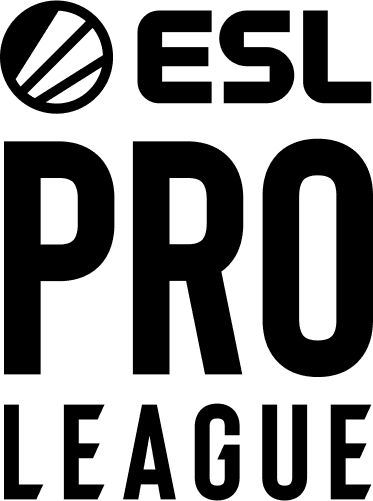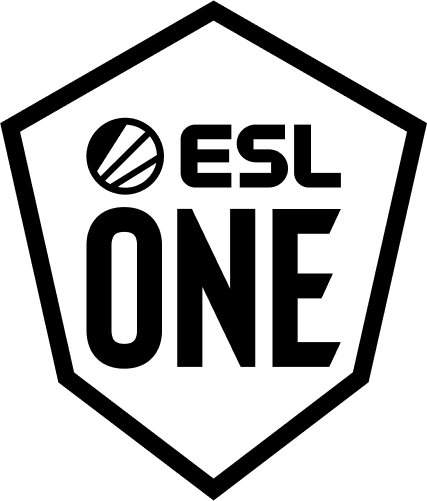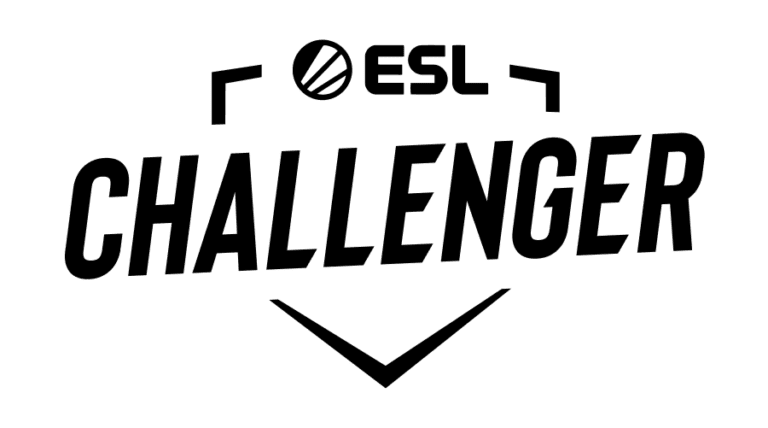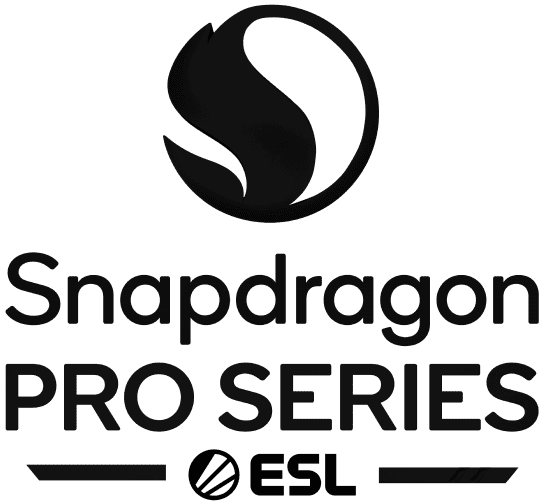Super Smash Bros. is a well-known brand. Gaming aficionados of all age groups are likely to have played at least one installment of the Nintendo all-star fighting games series, which has been around since the original Super Smash Bros 64 in 1999. Those born in the early to mid ‘90s were of the Super Smash Bros. Melee (or simply 'Melee') generation. Masahiro Sakurai, creator of the series, never intended any of the games to be played competitively. Despite that, every installment thus far has had an enthusiastic competitive following. 64, Melee and Brawl have traditionally formed a bigger 'Smash' community, with competitors regularly playing and tournaments often featuring more than one game.
While most people simply played it as the party game it was intended to be, some took the game a step further. Like with every multiplayer game, there is always one person in a group of friends who excels at it, even going so far as to practice it at home. Melee was by no means an exception and, as the saying goes, birds of a feather flock together. As the more casual Melee players moved on to other games, others would continue to delve deeper into the game they had grown to love. Crucially, and unlike most traditional fighting games, Melee was console-based and the scene had to facilitate its own growth rather than having an arcade hall infrastructure laid out for it.
"Melee is not a child of the arcade scene, it's built on trust. We didn't have arcades or laundromats with cabinets. We invited players to our dorms and basements, just hoping to get some games in and learn."
Wynton 'prog' Smith, commentator and Melee It On Me panelist
The scene steadily grew, and tournaments started to take place not just in people's basements but also in bigger venues. By 2004, the game would see tournaments with over a hundred participants. The scene made a breakthrough when it became part of 2004's Major League Gaming lineup, getting its first professional competitive exposure and confirming the game's potential as an eSport. It would remain part of MLG until 2006, its playoffs featuring the biggest tournament the scene had seen yet with 208 attendants in total. 2007 saw the game dropped from the official lineup. Instead, the eSports league sponsored a series of highly successful underground tournaments, three of which boasted over 200 entrants. The same year, the game was picked up by the Evolution Championship Series (Evo), an established and professional fighting game tournament series. Evo 2008 saw the game dropped, however, and it would take Melee six years to make its return.
 (Wynton "prog" Smith and D'Ron "D1" Maingrette, Smash's premier commentary duo and faces of the community)
(Wynton "prog" Smith and D'Ron "D1" Maingrette, Smash's premier commentary duo and faces of the community)The release of Brawl in 2008 saw Melee tournament attendance dwindle as players transitioned to the game's successor. Although the scene would keep breaking attendance records, the frequency of big tournaments decreased dramatically until 2013 saw a resurgence. The year started off well, with 336 entrants at Apex 2013. More impactful was January the 8th's announcement of the Evo 2013 donation drive, a fundraiser for the Breast Cancer Research Foundation in which the highest-donating community would have their game featured at that year's tournament.
The Smash community rallied, and 64, Melee and Brawl players from all over the world pitched in to give the Melee community the opportunity to once more demonstrate its resolution and worth. Melee won the drive with a staggering USD$94,683, and secured its spot on the grand stage. In the months leading up to the big event, Smash 4 was announced, sparking renewed global interest in the franchise and further brightening the spotlight that now shone on Melee. Evo 2013 had impressive numbers: 696 players entered the event, and 135,000 viewers tuned in on Twitch to watch the spectacle live, setting a new fighting games viewership record until it was broken several hours later by Ultimate Marvel vs. Capcom 3.
 (Apex series is an annual fighting game major with its roots in Super Smash Bros. Brawl)
(Apex series is an annual fighting game major with its roots in Super Smash Bros. Brawl)October of the same year had a different sort of breakthrough: the release of the universally praised The Smash Brothers, a feature-length documentary by Travis ''Samox'' Beauchamp narrating the history and development of the Melee scene. Spanning more than four hours over nine episodes and boasting impressive production values, The Smash Brothers was arguably the most comprehensive eSports content ever to be released. It was more than just a recounting of what had happened over the course of time: it also intricately chronicled the personalities of the game's most respected players and their way to the top. The documentary quickly went viral and demonstrated the longevity and passion of a scene that had managed not only to stay alive but even flourish once more after a 12 year run.
The game and its community had its handicaps in keeping up with the times. Console games lack the accessibility to sponsor endorsements PC games have. Moreover, the absence of an official scene made it comparatively difficult for the community to gain exposure and aggrandize its playerbase. Its members were relatively old and the GameCube game didn't innately facilitate online play. Although there had always been forums for gameplay and community discussions, this interaction had mostly been stuffed away in the maze that was Smashboards, the central hub for everything Smash-related.
Smashboards experienced a series of DDoS attacks between August and September 2013, forcing the scene to rely on their social media infrastructure. The combination of Evo, The Smash Brothers and the Smashboards downtime stirred the beginnings of a new era for Smash. In the wake of these events, the existing foundation of streaming brands, podcasts, community personalities and social media exploded and the game found its place in the eSports network.
 (Eric "Esam" Lew is one of several players to successfully compete in both Melee and Brawl)
(Eric "Esam" Lew is one of several players to successfully compete in both Melee and Brawl)The beginning of 2014 showed how the community's combined efforts paid off. Apex 2014 kickstarted the year by pulling no less than 630 Melee participants. In March, Nintendo America finally gave the scene their blessing after actively hindering the growth of competitive Smash for years. This allowed Evo to once again feature the game in its lineup. MLG followed suit and announced the game's inclusion in their Anaheim event, collaborating with Community Effort Orlando Gaming (CEO), another major-sponsor fighting game event. Last week saw another big development as old school players KoreanDJ and Ken were picked up Team Liquid. This is the first time the organization showed interest in the fighting game community, following in the footsteps of Evil Geniuses, who already sponsored several traditional fighting game players.
So what is it that makes the Smash scene so alluring? How is this game still going strong after so many years despite all the barriers it had to face? One reason for its longevity, typical though it may sound, is the uniqueness of the game itself. The game has so many untraditional mechanics that even the fighting game community has the tendency to wonder whether it actually belongs to the genre at all. Dynamic and interactive blocking mechanics, unprecedented smoothness and importance of ground-air transitioning, the multiple variations of an exclusive feature called 'directional influence', a unique win condition, the fluid, liberal and innumerable movement options - the list goes on.
 (Swedish William "Leffen" Hjelte taking a game off American favorite Joseph "Mango" Marquez - Smash tournaments routinely boast participants from all over the globe)
(Swedish William "Leffen" Hjelte taking a game off American favorite Joseph "Mango" Marquez - Smash tournaments routinely boast participants from all over the globe)
It's beyond the scope of this article to enumerate what exactly separates Smash from other games, and I'm quite sure that even the most well-phrased Smash enthusiast would have difficulties with wrapping it up in anything less than a book. The mechanical depth of Melee in particular is uncanny, and even after all these years new techniques are being discovered that affect the way the game is being played.
Other than the game itself, the particular way in which the scene developed made for one that didn't leave much room for profit, fame or unmotivated involvement. The community has traditionally had to be creative and fight to keep itself going, inevitably bonding through its efforts. It grew like a big family, and local scenes were dependent on each other to keep themselves alive. The lack of sponsors and Nintendo's endorsement meant that the scene had to allocate time and money to support itself, and investments like that further strengthened the resilience of a community that was already driven by nothing but pure passion.
"You want me to wrap up Smash as a whole, the whole thing? It means so much to me, and I really do think it was important, but you're asking me why? Well... it was a chance for us to be somebody. It was a chance for all of us to be somebody, and that was a big deal."
Chris "Wife" Fabiszak in The Smash Brothers
The upcoming 2014 summer of Smash has propelled the community's web presence and instigated interest and support from eSports organizations and communities all over the world. The Smash community has finally achieved the recognition it has been aspiring to for more than a decade. With Smash 4 lurking just around the corner, competitive Smash is bound to garner even more attention as the year progresses. Notably, the game is being co-developed by Bandai Namco. The previous games, as mentioned previously, were never meant to be played competitively, and are jokingly referred to as "the greatest flukes of video game design history". It's still uncertain what kind of gameplay Bandai Namco's involvement will result it, but expectations are that, this time around, its competitive potential will be intended.
Where will Smash take us next? Community leaders continue to hint at major developments. I for one am looking forward to seeing what this year has in store for Smash, a wonderful epic that likely won't see its last page turned for another few years yet.
I would like to thank Melee It On Me, Apex tournament series, Avalon tournament series and Shoryuken.com for their contributions to this article.
Pictures by Robert Paul, courtesy of Apex tournament series.










